Democratic Republic of Congo
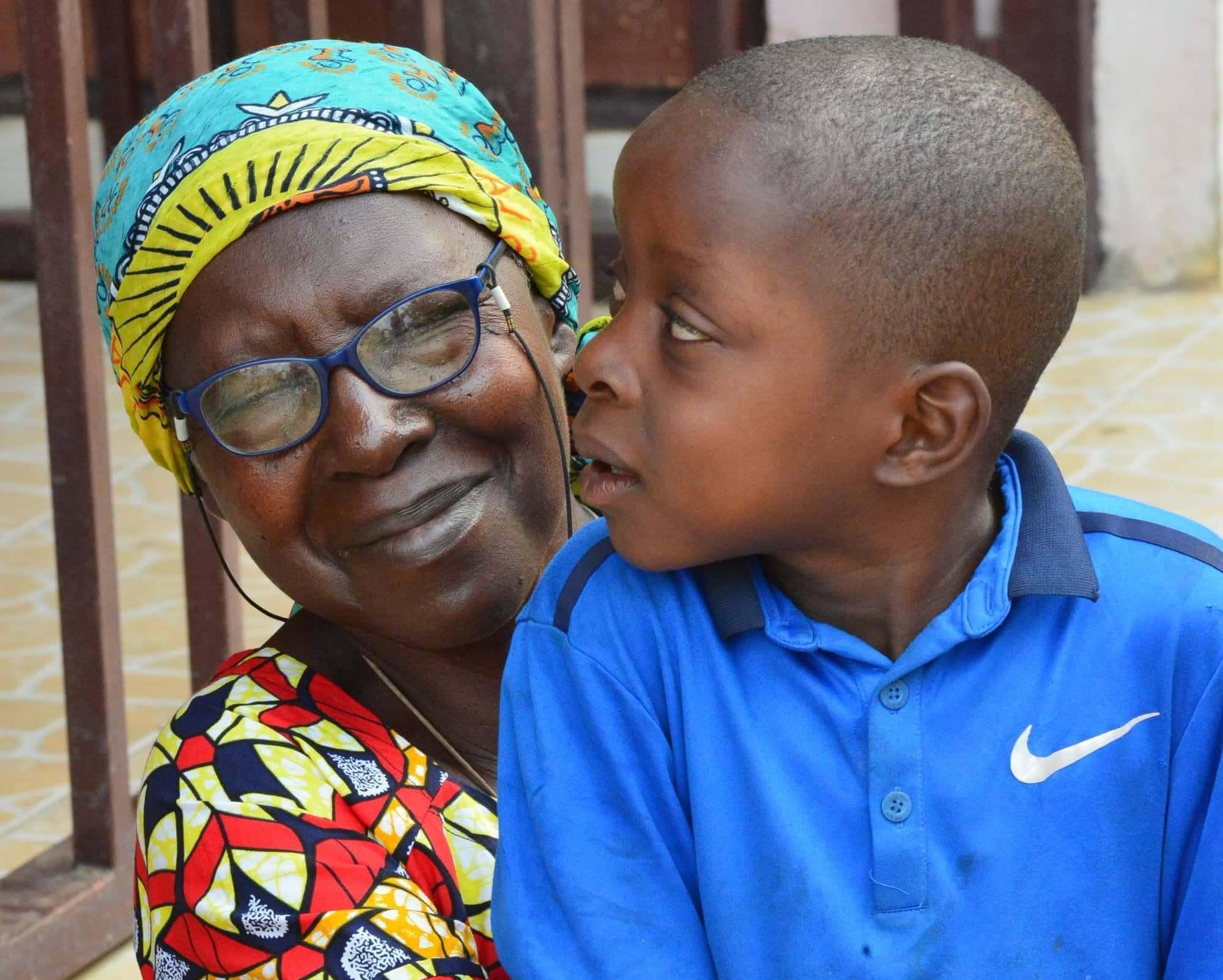
A life changing integrated project
Kaloma Bamiriyo, after a long career as a nurse in Belgium, decided to return and give back to her country of origin. When she arrived at the Plateau des Bateke, children were starving, parents had no jobs, no perspective or access to water and basic health services.
Ten years later, families are farming on more than 1.000 hectares, thousands of trees were planted and water became accessible. She also created a school, opened two health centers and small businesses emerged. Hope is back.
The objective is to empower a population weakened by poverty, to encourage them to take their future in hand and to make them actors and not spectators of their life.
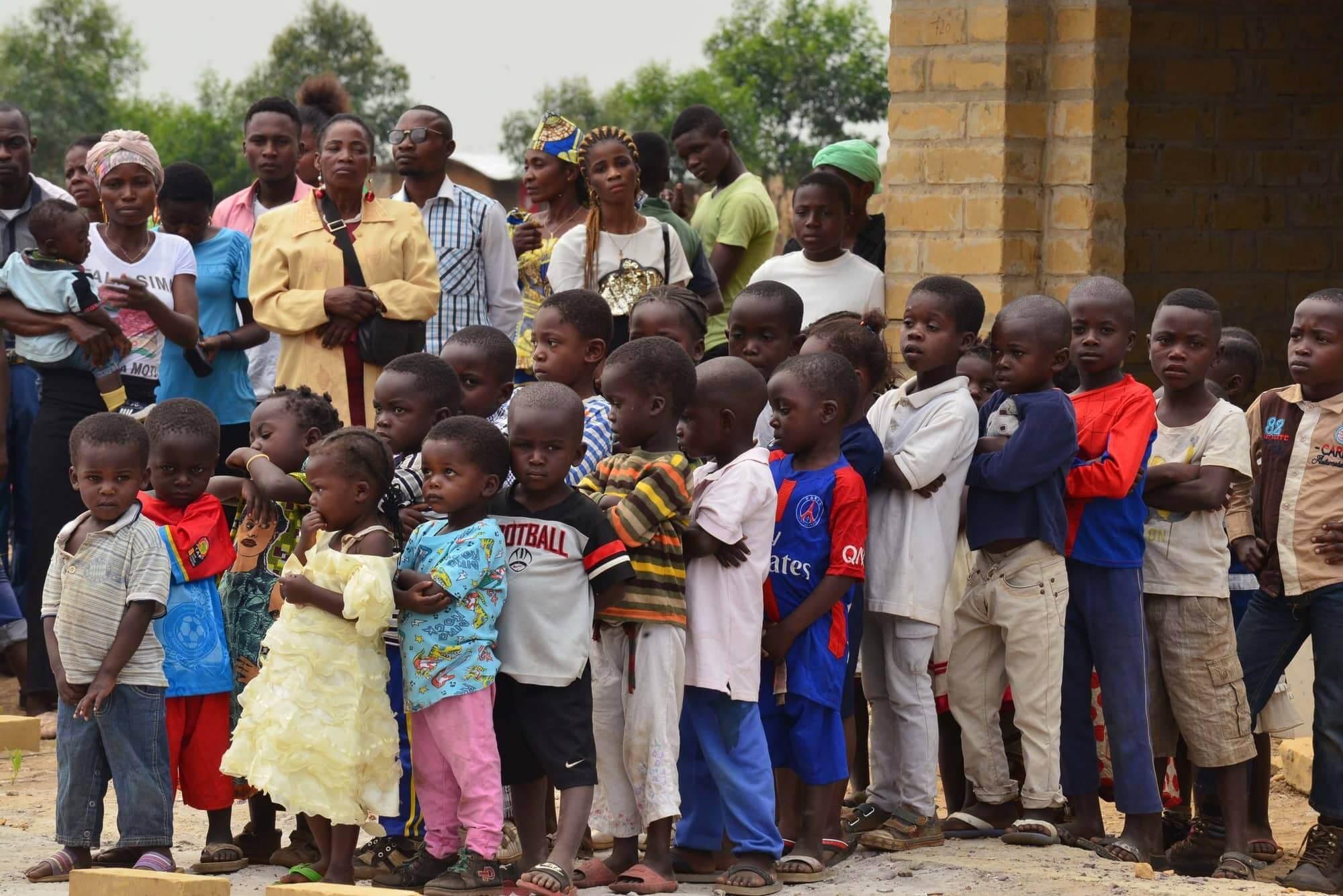
Education
Children had to walk long hours to get to a school and the level of education was not adequate. With the help of Belgian benefactors, different classes have been built, teachers have been hired and now, children can learn how to write and read, close to their home.
To attract good teachers, small houses have been build for them so that the children can enjoy good education.
A refectory has been build so that we are sure that the children have at least a meal a day. Thanks to a benefactor, the children recieve milk every day. Kaloma is planning to build a kindergarden space as well as new classrooms.

Agriculture
To enable the local population to eat and to get out of poverty, more than a thousand hectares of cultivable land have been acquired. Families recieve an acre, are taught how to cultivate the land, are given a place to settle and are given the opportunity to earn an income.
A system of micro-credit allows them to start from nothing and to be able to pay back once the harvest is finished, the goal being to make them as autonomous and responsible as possible. The cultivation of manioc, chili, corn, beans is very popular.
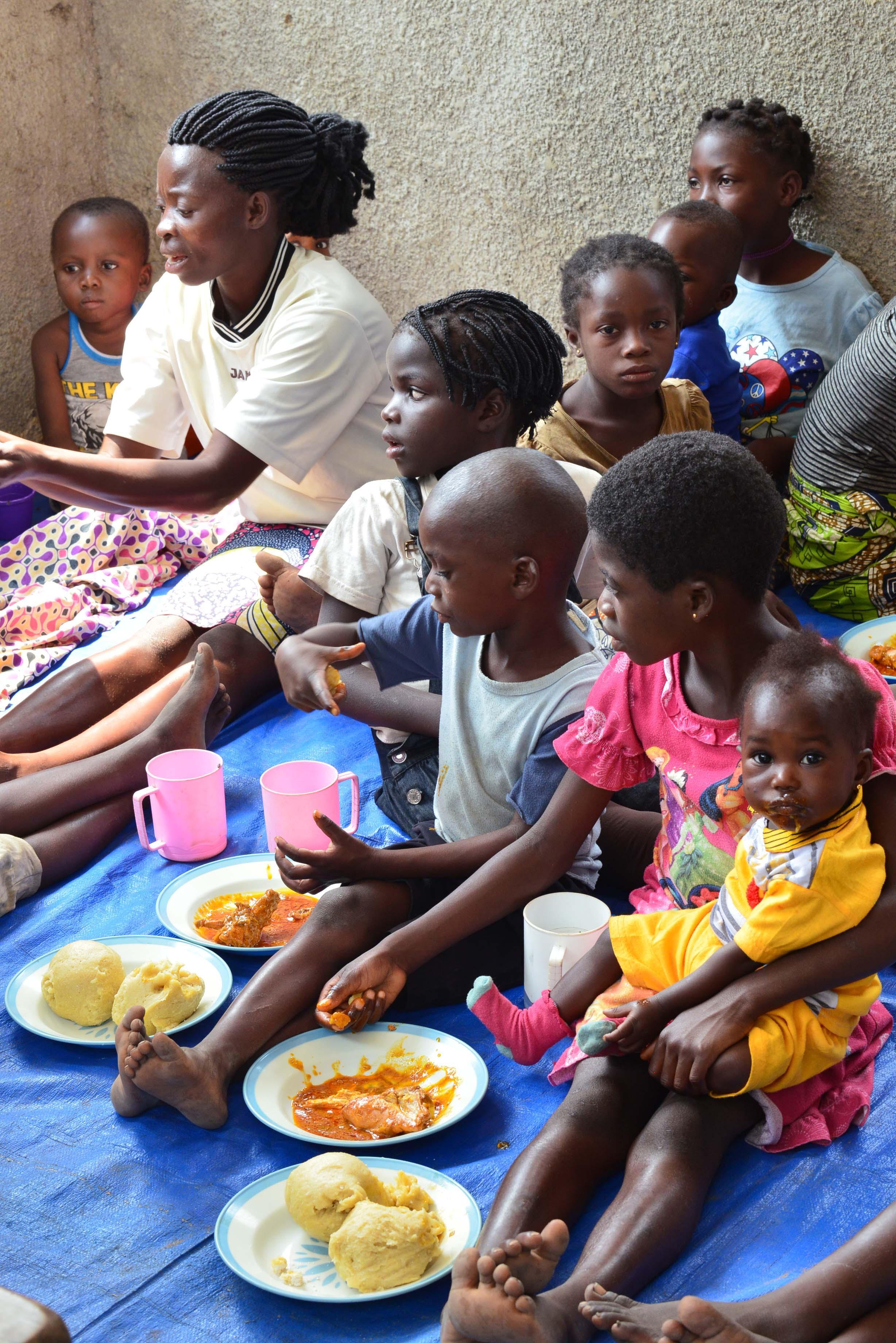
Health
Since the population did not have access to good health care in the area, Kaloma has rehabilitated two health care centers and built a mother-child health care center, thus providing proper health care to the population, even to the poorest.
A special program for severely malnourished children has also been set up, drastically reducing the number of children who die of hunger in the two villages.
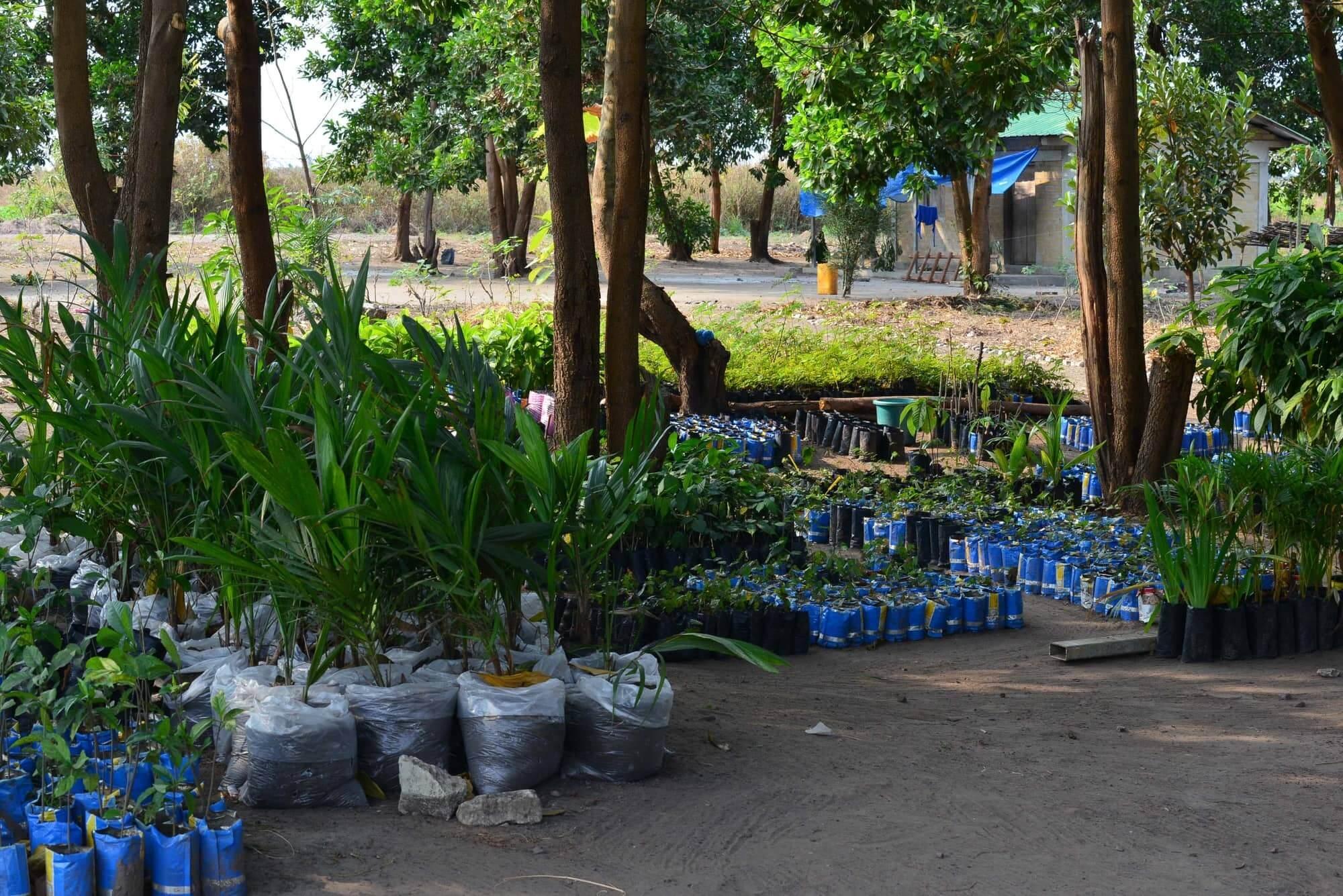
Reforestation
As the villagers were used to cut down all the trees to make charcoal, the Plateau des Bateke was mostly deforested. A project of reforestation has started a few years ago.
Every year, thousands of different fruit trees and other type of threes are replanted. When you pass by the villages, the landscape is already very different and full of threes !
India
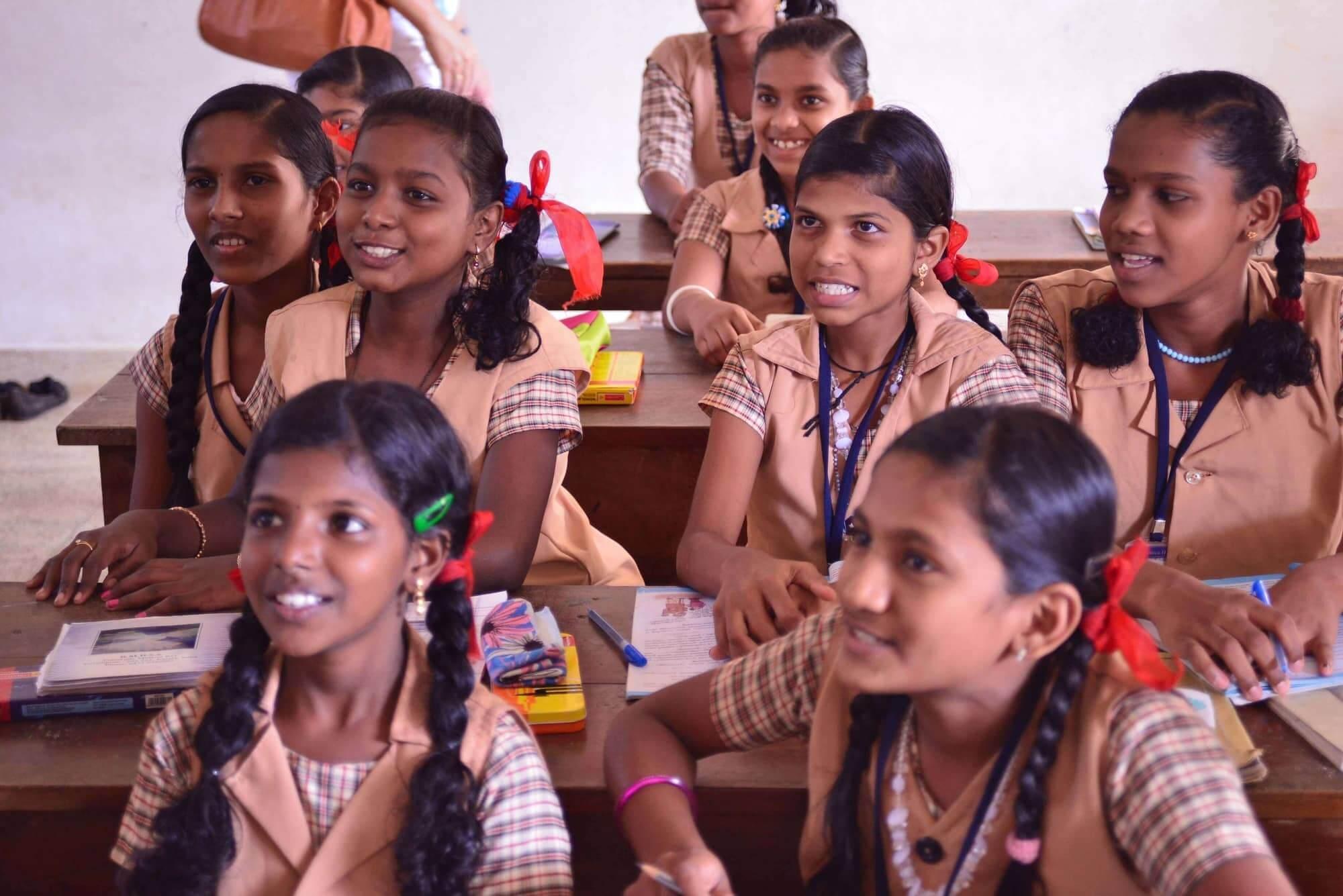
English school for more than 225 boys and girls
Father Bernardine, shocked by the low quality of education for boys, but specially for girls, decided to help children going to school. Now, more than 225 boys and girls are going to a high quality English school that will enable them to enter a more promising professional life and raise from poverty,
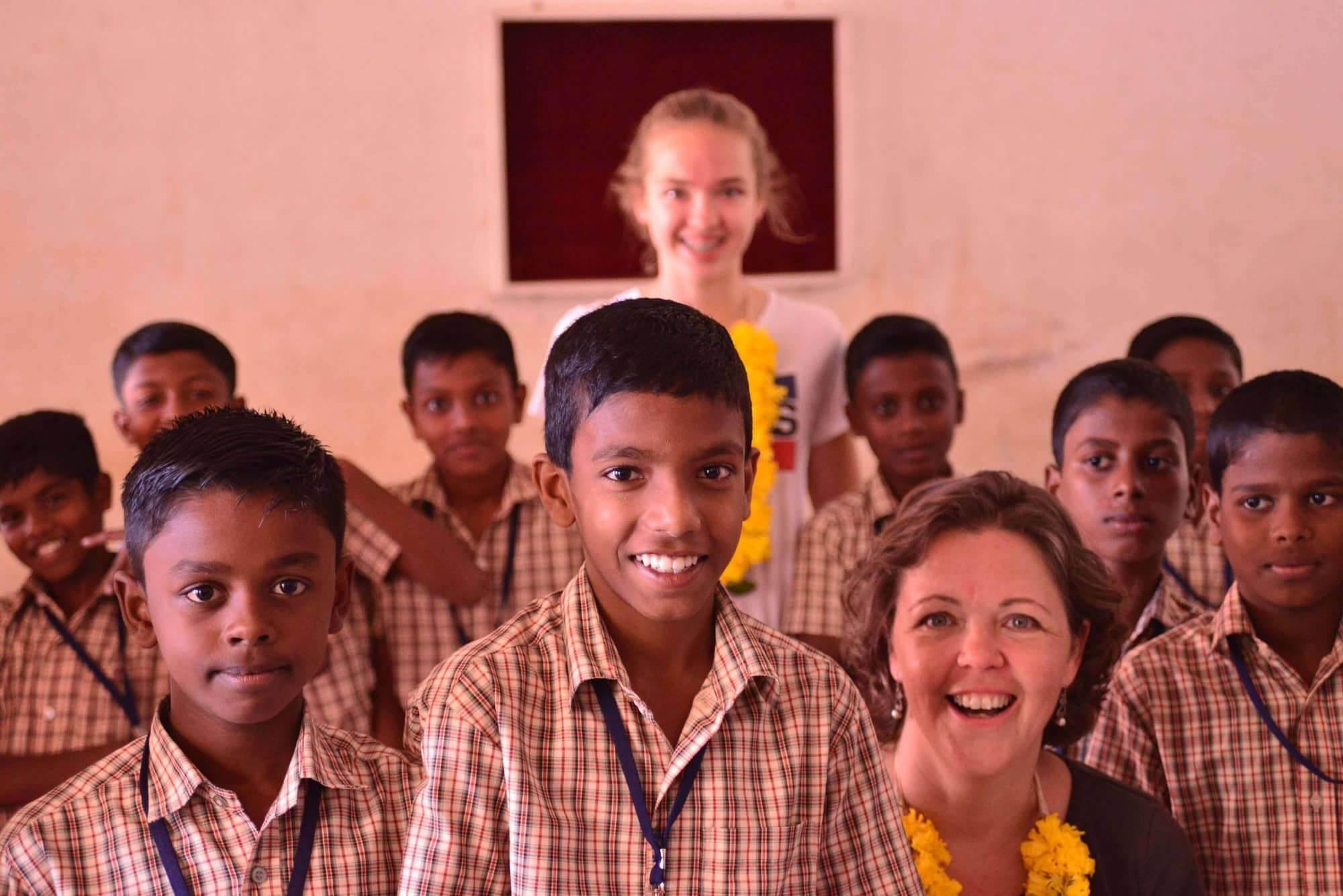
Education
The children come from poor backgrounds and the English school enables them to recieve excellent education. Football and basketball are very popular among the boys, girls love to play together and use their creativity to create crafts.
A bus is taking the children every day, from their home to the school and back to their home.
Philippines

High quality schooling project
Sonia and Boy Palami started a small school in a basement for extremely deprived children. 35 years later, the school has become a national reference for high quality education and personal development.
Every year, more than 1.700 children attend the school. Sports, music and dancing are an important part of the curriculum and the school's choir receive different national prizes and recognition.
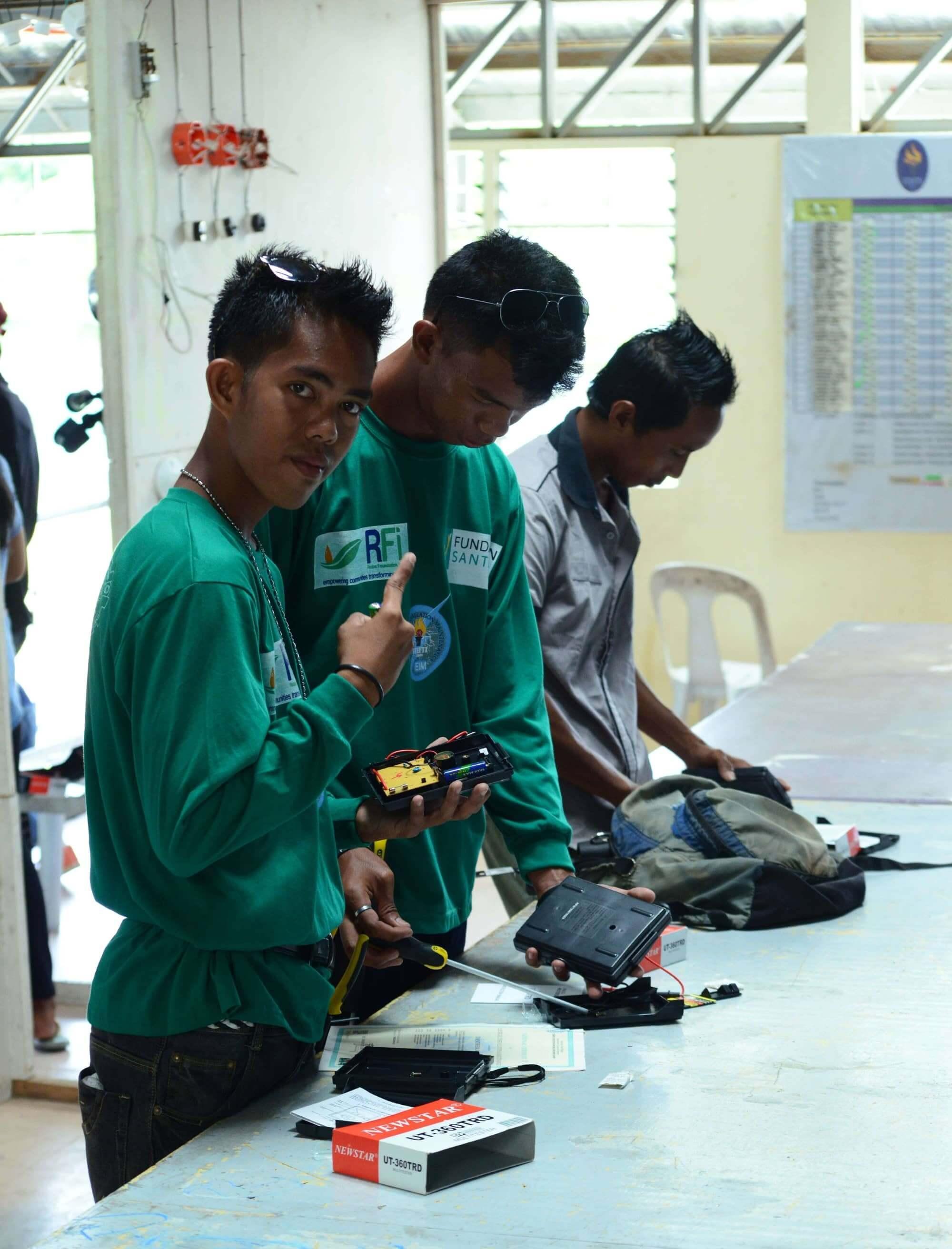
Technical school
After the deadly typhoon Haiyan in 2013, a technical school was added, enabling 800 young professionals every year to participate in rebuilding of Tacloban and its neighbourhood.
Different cursus are proposed : electricity, masonry, woodworking, restoration, and so on. 90% of the young workers find a work after their technical education while 10% decide to pursue their education.

